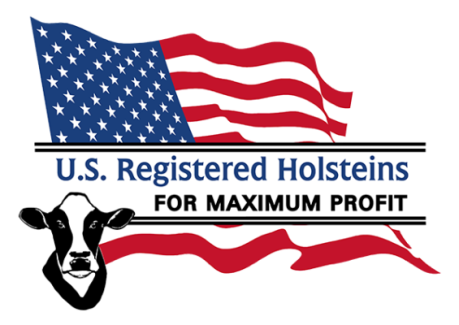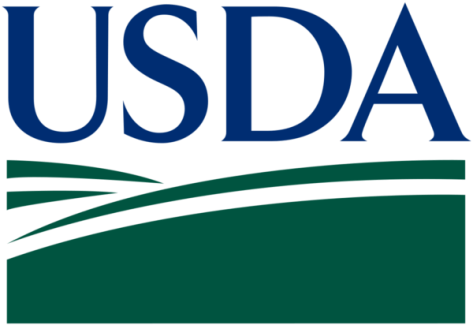Reviewing the numbers probably isn’t the most exciting thing at your dairy farm. But if you want to be around next year, and the year after, you better know where you stand.
That was part of the message delivered by Gary Sipiorski, dairy development manager with Vita Plus, and Dianne Shoemaker, Ohio State University dairy field specialist, during the Northeast Ohio Regional Dairy Conference March 1 at the OARDC.
Sipiorski told dairy farmers how to manage budgets, feed and operating costs, if they want to be in the top third of dairy producers.
“The financial clock is ticking,” he said. “If you don’t like numbers, it’s time to start liking them. It’s time to start knowing what’s going on, because top-third dairy producers know how to manage money.”
Managing debt
One of the biggest factors is managing debt. Sipiorski said top-third producers keep debt at 20 percent of their income or less. Put another way, they don’t carry more than $20 of debt for every $100 pounds of milk they sell.
He said it’s OK to borrow money — and borrowing can lead to a good investment, “as long as you can pay it back in a reasonable amount of time.”
Shoemaker, who also dairy farms in Mahoning County, said having no debt is fine, but sometimes producers who have no debt should look at the next best area to invest.
“If there is no debt, a good question is ‘are there some things I could do, to do better,’” she said.
She also cautioned producers about taking too short of a loan term, especially when the term is much shorter than the usable life of the product. She said it’s usually better to take the longer term debt, and pay it off more aggressively, than limit yourself to too short of a term.
Balance sheets
Sipiorski told producers they need to keep accurate balance sheets, and do their budgeting three months before end of year. They also need to be reviewing their cash flow on a quarterly basis, monitoring key financial ratios like debt-to-asset and return-on-investment, and they need to be risk managers.
“You’ve got to educate yourself on risk, and if you don’t want to educate yourself on risk, stay away from it (dairy farming), because you will get smucked,” he said.
On the milk production side, Sipiorski said top dairy farmers know how to maximize cow comfort and feed efficiency. They limit calf loss to less than 1 percent, their heifers freshen at 22-24 months, somatic cell count is kept to 100,000 or less, and top producers think about cow comfort on a daily basis.
On the feed side, top-third producers are working with crop advisors, planning for the growing season in winter, and they also know when to harvest, store and transport their feed in a way that maximize energy and protein, while reducing shrink and loss.
Improving relations
On the social side, the best producers also spend time improving their relations with farm employees, family members, and the different people they interact with. Sipiorski said it’s a good idea to attend at least two or three educational events each year, and to look for ways to improve as an employer.
Some important steps are keeping current on your OSHA paperwork, hiring people who share the same values, and providing opportunities for your employees to advance and grow within the industry.
Shoemaker said dairy farms also need mission statements, and everyone involved with the operation needs to be on the same page.
“Do the people involved agree with the mission,” she asked. “You have to know and agree on why you are in business.”
By the numbers
Shoemaker reminded farmers that the number of dairy farms in Ohio are rapidly decreasing, and if they want to be in it for the future — they need to be among the top.
In 2007, there were 2,517 licensed Grade A milk producers in Ohio, and in January 2017, the number dropped to below 2,000 — for a decrease of nearly 600 producers.
She said managing your numbers is important, “if you don’t want to be part of that next group that leaves the industry in the next 10 years.”
She also reviewed the results of OSU’s Ohio Farm Business Analysis program, which tracked the performance data of 40 Ohio dairy herds. The top 20 percent of producers kept feed costs to just $10.42 per cwt. (100 pounds), compared to $11.88 for the average of all farms.
The top 20 percent sold nearly 2,000 pounds more milk per cow, and the top 20, on average, kept total costs per 100 pounds of milk to about $3 less ($15.28) than the average of all farms ($18.21).
The net return per cow, before labor and management, showed producers in the top 20 netting $905 per cow, compared to only $36 per cow for the average of all farms.
Looking at everything
Like Sipiorski, she reminded farmers to review the critical benchmarks and ratios of their business, but reminded them that they need to look at more than just one number.
“One number will not give you the whole picture, and if you calculate one number and it’s excellent, that doesn’t mean you don’t keep looking at what the other numbers are,” she said.
Sipiorski said there isn’t necessarily a magical herd number, or size of farm that is most profitable.
“I’ve seen all the different size dairies that are out there, I see them on a regular basis. And it isn’t a number, it’s the bottom line number,” he said.
He said they should keep an open and honest communication line with their lender. Lenders should visit the farm, and be kept in the light.
“The best lender is one that’s real honest with you, and the best customer is the customer that’s honest with the lender,” he said.
Source: Farm and Dairy




